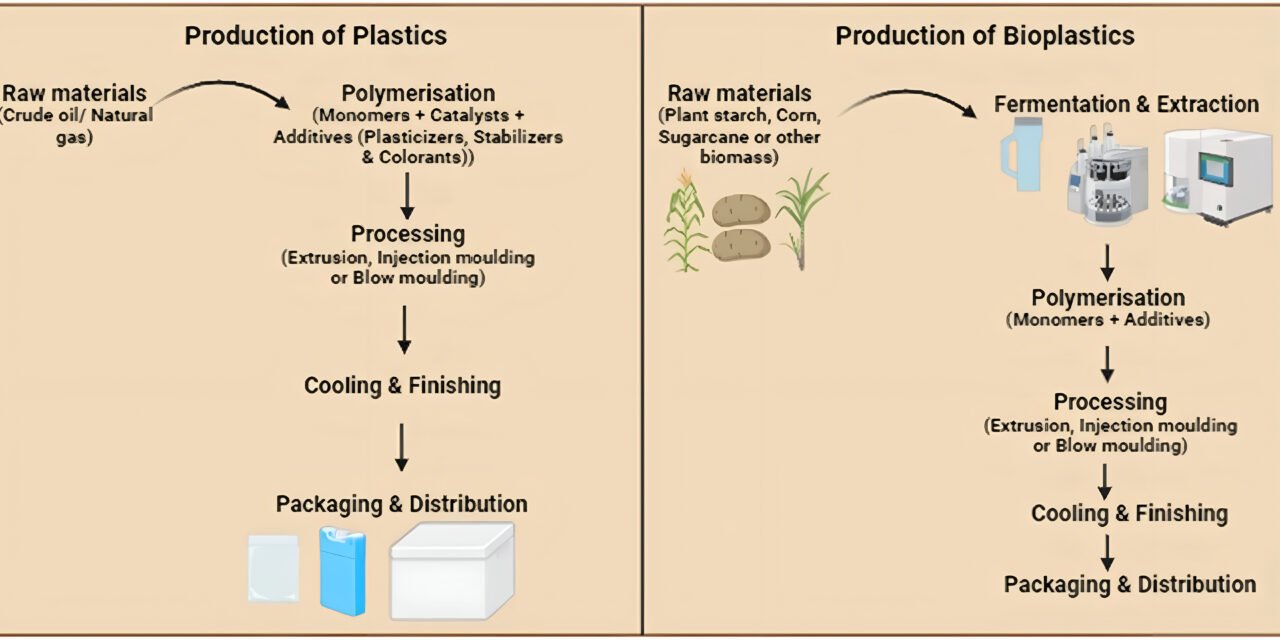Bioplastics are transforming the packaging industry by offering sustainable alternatives to traditional petroleum-based plastics, addressing environmental concerns, and meeting the growing demand for eco-friendly products. Derived from renewable sources such as cornstarch, sugarcane, potato starch, and even algae, bioplastics provide innovative solutions that reduce carbon footprints and plastic waste, making them a pivotal component of the circular economy.
One of the key advantages of bioplastics is their ability to biodegrade or be composted under the right conditions, minimizing the accumulation of waste in landfills and oceans. Unlike conventional plastics, which can take centuries to degrade, bioplastics such as polylactic acid (PLA) and polyhydroxyalkanoates (PHA) break down more quickly, significantly reducing environmental impact. Additionally, some bioplastics are engineered to be compatible with existing recycling systems, further enhancing their sustainability.
Major industries are adopting bioplastics in packaging applications, from food and beverage containers to cosmetic packaging and single-use items. For instance, Coca-Cola’s “PlantBottle,” made partially from plant-based materials, has become a flagship example of bioplastic innovation. Similarly, companies like Tetra Pak and Danone are incorporating bioplastic layers in their packaging to reduce their reliance on fossil-based plastics.
The rise of bioplastics is also driving technological advancements, such as the development of stronger, more heat-resistant materials that can meet the rigorous demands of various applications. Innovations in bioplastic production, including enzymatic and microbial processes, are enhancing scalability and reducing costs, making these materials more competitive with traditional plastics.
However, challenges remain, including the need for dedicated composting infrastructure, potential competition with food crops for raw materials, and public education on proper disposal methods. Governments and industry stakeholders are working together to address these issues by introducing regulations, incentives, and investments in waste management systems.
Bioplastics are revolutionizing packaging solutions by offering a sustainable and innovative alternative to conventional plastics. As production technologies advance and awareness of environmental issues grows, bioplastics are poised to play a crucial role in creating a more sustainable packaging landscape, balancing performance, cost, and environmental impact.

















